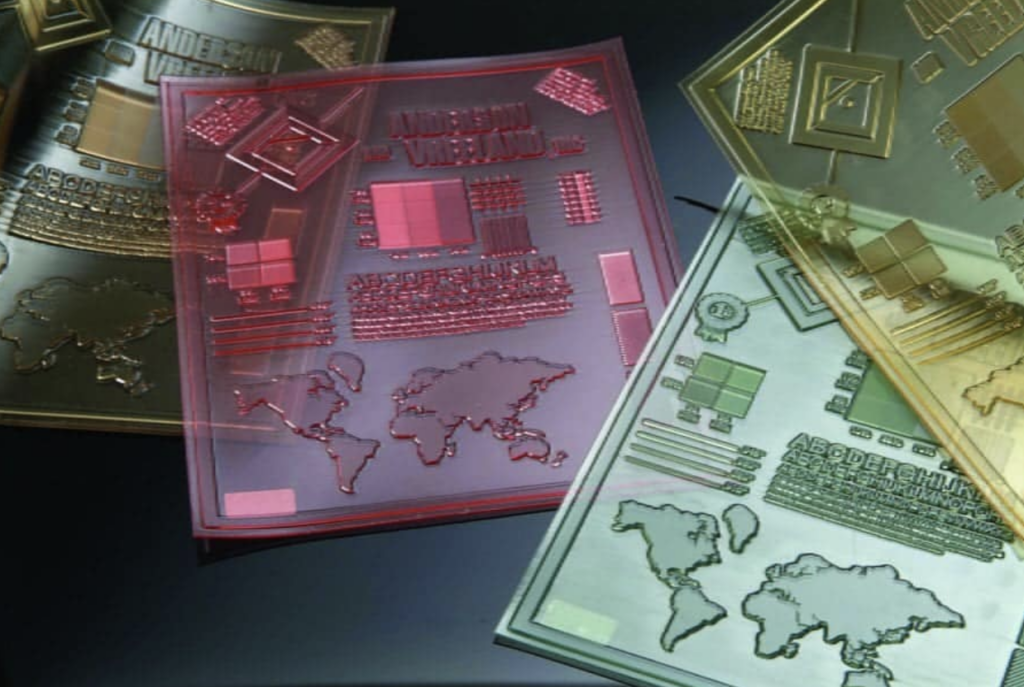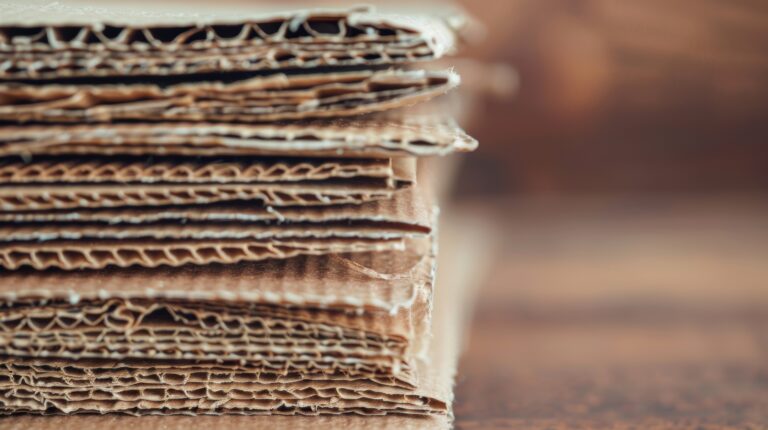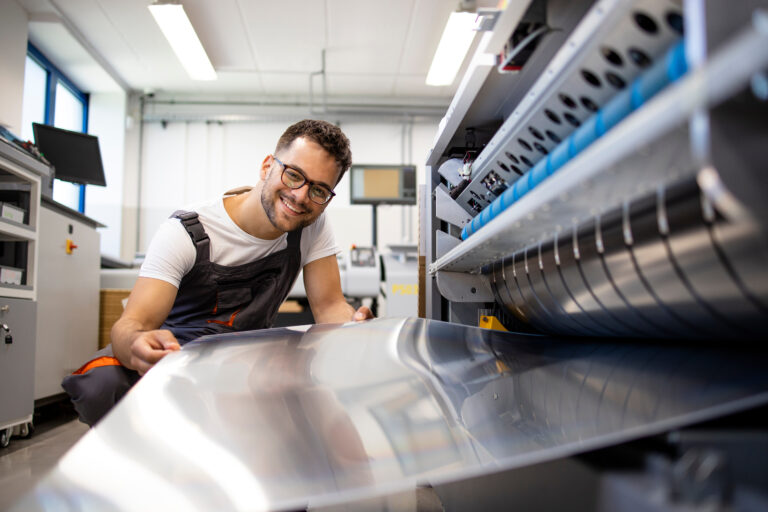The flexographic printing industry has seen remarkable advancements in photopolymer plate technology, offering a variety of options to suit different applications. For printers using water- or solvent-based inks in markets like corrugated or multi-wall bags, the choice often boils down to liquid photopolymer plates or sheet photopolymer plates. This guide will help you understand the differences and decide which plate type is best for your operation.
Understanding Liquid Photopolymer Plates
Liquid photopolymer plates are a popular choice for printing on substrates like corrugated board, low-density polyethylene, or woven polypropylene. These plates excel in applications requiring a thickness range of 0.107” to 0.255” and are ideal for line screens up to 100 lpi.
Key Advantages of Liquid Photopolymer Plates
- Cost Efficiency:
Liquid photopolymer resin is reusable, reducing material waste and lowering costs. - Natural Flat Top Dots:
With capped plates, liquid photopolymer naturally creates flat top dots, minimizing fluting and improving print consistency. - Environmentally Friendly:
Liquid plates require less stringent air exchange systems compared to solvent-processed sheet plates, making them a sustainable choice. - Versatile Plate Sizes:
Liquid plates can be produced in small (22” x 28”) to large (52” x 80”) formats, accommodating a range of printing needs. - Digital Workflow Integration:
Advanced workflows enable imposition-style image grouping, eliminating the need for individual glass negatives.
Liquid plates are particularly suited for corrugated and multi-wall bag applications, delivering dependable results with reduced environmental impact.
Exploring Sheet Photopolymer Plates
Sheet photopolymer plates have long been the standard in high-quality flexographic printing, especially for narrow and wide-web applications. These plates offer versatility and are compatible with water, solvent, or UV inks, making them suitable for printing on paper, poly, film, and foil.
Key Advantages of Sheet Photopolymer Plates
- High Line Screens:
Sheet plates can achieve higher line screens and finer details compared to liquid plates, making them ideal for process printing and high-detail graphics. - Precise Thickness Tolerances:
Manufactured with tight thickness tolerances, sheet plates ensure consistency across jobs. - Simplified Workflow:
Sheet plates offer a less complex workflow compared to liquid plates, and related equipment is readily available. - Digital Plate Options:
Digital sheet plates provide enhanced imaging capabilities, flat top dots, and improved production efficiency. - Broad Application Range:
From narrow web line work to flexible packaging and pre-print liners, sheet plates excel in various print applications.
Comparing Production Processes
The production methods for liquid photopolymer plates and sheet plates share common steps—exposure, washout, drying, and post-exposure—but differ in execution:
- Liquid Plates:
Photopolymer resin is extruded onto a protective film and cured in a water/saline bath, allowing for efficient reuse of unexposed resin. - Sheet Plates:
These plates undergo dry post-exposure, with processing solvents often contained in modern systems to ensure clean and well-ventilated plate rooms.
Technological Advancements in Liquid and Sheet Photopolymers
Recent innovations have enhanced both plate types:
- Liquid Plates:
Capping resin technology combines a hard durometer cap with a softer base, improving dot reproduction and reducing dot gain. - Sheet Plates:
Digital advancements in computer-to-plate workflows allow for sharper imaging and streamlined processes.
Choosing the Right Photopolymer Plate
Selecting between liquid photopolymer plates and sheet plates depends on factors like ink type, substrate, desired print quality, production environment, and budget. Both options offer distinct advantages and can deliver exceptional results when matched to the application.
To stay informed about the latest in photopolymer plate technology, including digital advancements, consider joining an upcoming webinar by Anderson & Vreeland.


